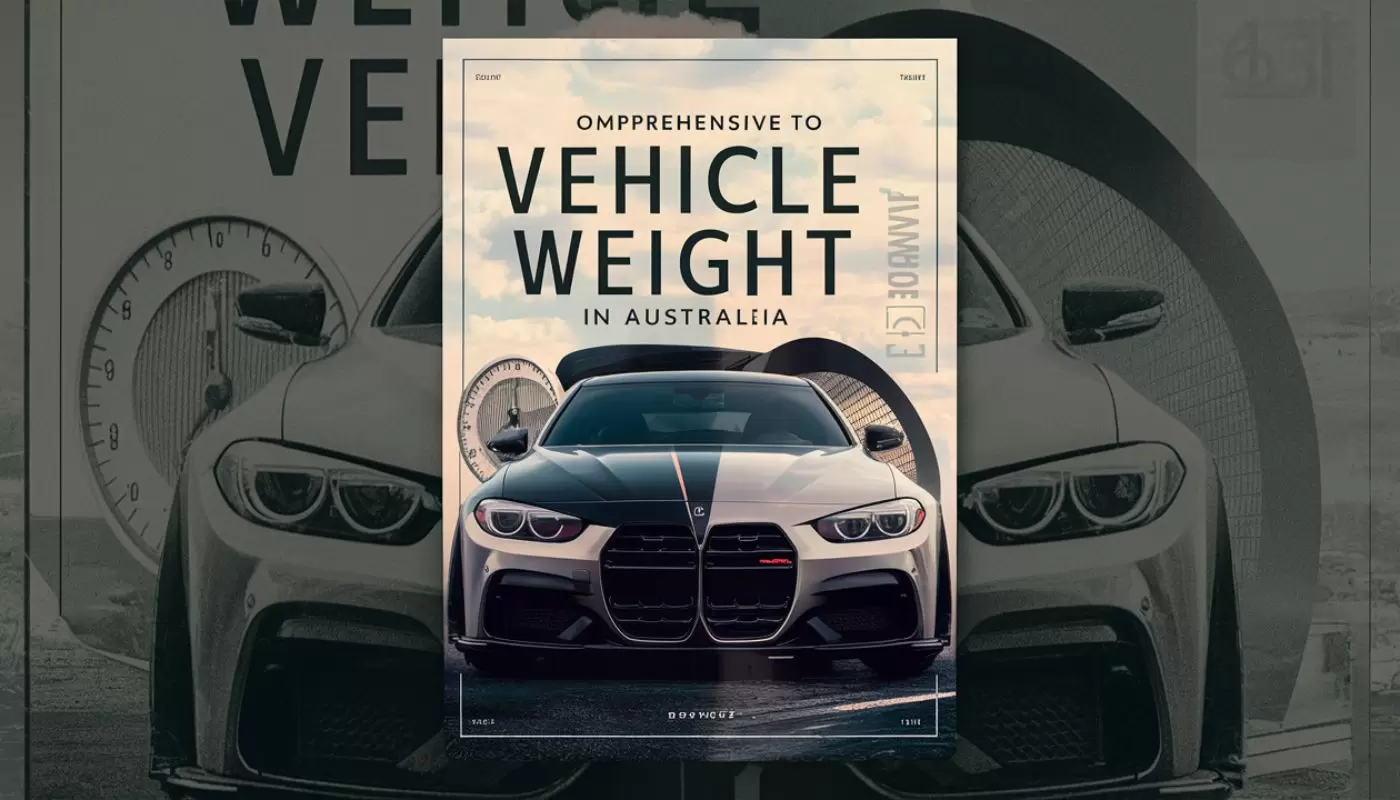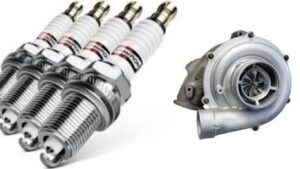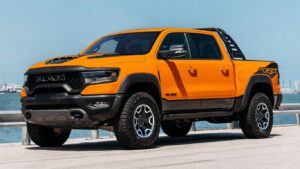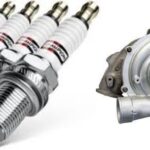Ever wondered how much your car weighs? It’s not just a trivial question – a vehicle’s weight plays a crucial role in its performance, safety, and fuel efficiency. In this comprehensive guide, we’ll dive deep into the world of car weights, focusing on the Australian market. We’ll explore the factors that influence a car’s mass, examine average weights across different types of vehicles, and discuss why this seemingly simple number matters so much.
The Weighty Truth: Average Car Weights in Australia
Let’s kick things off by looking at the typical weights of different vehicle categories in Australia. Keep in mind that these are averages, and individual models can vary significantly.
Compact Cars: Tiny but Mighty
Compact cars, also known as small cars in Australia, are the lightweights of the automotive world. These nimble vehicles typically weigh between 1,000 to 1,400 kg. Their relatively low mass contributes to better fuel efficiency and easier maneuverability, making them popular choices for city driving.
Popular models and their weights:
- Toyota Corolla: 1,300 kg
- Mazda 3: 1,320 kg
- Hyundai i30: 1,280 kg
Pros of lightweight vehicles:
- Better fuel economy
- Easier to park and maneuver
- Lower initial cost
Cons:
- Less spacious interiors
- Potentially less stable at high speeds
- May feel less substantial on the road
Midsize Sedans: The Goldilocks of Car Weights
Midsize sedans strike a balance between compact cars and larger vehicles. In Australia, these cars typically weigh between 1,400 to 1,800 kg. This weight range offers a good compromise between efficiency and comfort.
Best-selling models and their weights:
- Toyota Camry: 1,525 kg
- Mazda 6: 1,545 kg
- Holden Commodore: 1,610 kg
Midsize sedans often provide a sweet spot in terms of weight, offering enough mass for stability and safety while still maintaining reasonable fuel efficiency.
SUVs and Crossovers: Beefing Up the Scale
Sport Utility Vehicles (SUVs) and crossovers have become increasingly popular in Australia. These vehicles come in various sizes, from compact crossovers to full-size SUVs. Their weights can range from 1,500 kg for smaller models to over 2,500 kg for larger ones.
Weight comparison of popular models:
| Model | Category | Weight (kg) |
| Mazda CX-3 | Compact Crossover | 1,275 |
| Toyota RAV4 | Midsize SUV | 1,615 |
| Ford Everest | Large SUV | 2,270 |
The increased weight of SUVs and crossovers often results in lower fuel efficiency compared to smaller vehicles. However, many Australians appreciate the added space, higher driving position, and perceived safety benefits of these larger vehicles.
Utes: Australia’s Beloved Workhorses
No discussion of vehicle weights in Australia would be complete without mentioning utes. These utility vehicles are a staple of the Australian automotive landscape, ranging from compact to full-size models.
Weight ranges for different ute classes:
- Compact utes: 1,500 – 1,800 kg
- Midsize utes: 1,800 – 2,200 kg
- Full-size utes: 2,200 – 2,700 kg
Examples:
- Ford Ranger: 1,990 kg
- Toyota HiLux: 2,045 kg
- Ram 1500: 2,624 kg
The weight of a ute can significantly impact its payload capacity, which is crucial for those using these vehicles for work purposes.
What Influences a Car’s Weight?
Several factors determine a vehicle’s overall mass. Understanding these can help you appreciate why different cars weigh what they do.
Materials Matter: From Steel to Carbon Fiber
The materials used in a car’s construction play a significant role in its weight. Traditionally, steel has been the go-to material for car bodies due to its strength and relatively low cost. However, in recent years, manufacturers have been exploring lighter alternatives to improve fuel efficiency and performance.
Traditional materials and their weights:
- Steel: Heavy but strong
- Aluminum: Lighter than steel, but more expensive
- Plastic: Used for non-structural components
Modern lightweight alternatives:
- Carbon fiber: Extremely light and strong, but costly
- High-strength steel: Stronger than regular steel, allowing for thinner panels
- Magnesium: Lightest structural metal, but expensive and difficult to work with
For example, the Ford F-150, a popular ute in Australia, switched from a steel body to an aluminum one in 2015, shedding up to 320 kg in the process. This change significantly improved fuel efficiency without compromising strength.
Size Isn’t Everything: Design and Engineering
While size certainly impacts a car’s weight, clever design and engineering can make a big difference. Factors that influence a vehicle’s mass include:
- Aerodynamics: Streamlined designs can reduce the need for heavier structural elements.
- Engine size and type: Larger engines generally weigh more, but advancements in technology are making engines more compact and efficient.
- Weight distribution: Balancing the car’s weight affects handling and can allow for the use of lighter materials in certain areas.
- Additional features: Luxury amenities, advanced technology, and comfort features all add weight to a vehicle.
“In automotive design, every gram counts. We’re constantly looking for ways to reduce weight without compromising safety or performance.” – Anonymous Australian automotive engineer
Safety Equipment: The Price of Protection
Safety is paramount in modern vehicle design, and many safety features add weight to cars. However, this added mass is crucial for protecting passengers in the event of a collision.
Safety features that contribute to a car’s weight:
- Airbags and their deployment systems
- Reinforced body structures
- Crumple zones
- Advanced driver assistance systems (ADAS) sensors and computers
While these features add weight, they’re essential for meeting Australia’s stringent safety standards. The challenge for manufacturers is to balance safety with efficiency, often leading to innovative lightweight safety solutions.
Why Car Weight Matters: The Ripple Effect
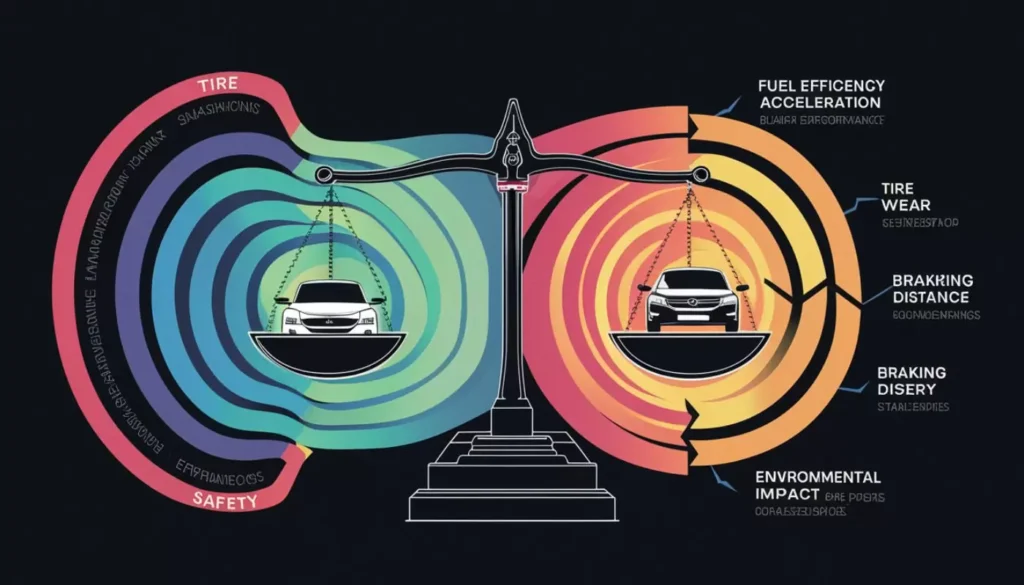
The mass of a vehicle impacts various aspects of its performance and efficiency. Let’s explore why car weight is so important.
Fuel Efficiency: Lightening the Load on Your Wallet
There’s a direct relationship between a car’s weight and its fuel consumption. Heavier vehicles require more energy to move, resulting in higher fuel consumption.
Example: A 10% reduction in vehicle weight can lead to a 6-8% improvement in fuel economy.
This relationship is particularly significant in Australia, where fuel prices can be volatile. Many Australian consumers are becoming increasingly conscious of fuel efficiency when choosing a vehicle.
Performance Perks: Speed, Handling, and Braking
A car’s weight significantly affects its performance characteristics:
- Acceleration and top speed: Lighter cars generally accelerate faster and can achieve higher top speeds with the same engine power.
- Handling: Less mass means better agility and responsiveness, especially in corners.
- Braking: Lighter vehicles can stop in shorter distances, all else being equal.
Case study: The Lotus Elise, while not common in Australia, is a prime example of how light weight can enhance performance. Weighing just 904 kg, it can outperform many more powerful cars in terms of acceleration and handling.
Environmental Impact: Heavier Cars, Bigger Footprint
In an era of increasing environmental awareness, the weight of vehicles has come under scrutiny due to its impact on emissions.
- Heavier cars produce more CO2 emissions per kilometer driven.
- Manufacturing heavier vehicles requires more raw materials and energy.
Many Australian car manufacturers are working to reduce vehicle weights to meet increasingly stringent emissions standards and appeal to environmentally conscious consumers.
Weighing In: How to Find Out Your Car’s Weight
Curious about your own car’s weight? Here are some ways to find out:
Check the Manual: It’s All in the Fine Print
Your car’s owner’s manual or vehicle placard (usually found in the driver’s side door jamb) will list various weight specifications:
- Tare mass: The weight of the vehicle without occupants or cargo, but with a full tank of fuel and all standard equipment.
- Gross Vehicle Mass (GVM): The maximum permitted weight of the vehicle when fully loaded.
- Gross Combined Mass (GCM): The maximum permitted weight of the vehicle plus any trailer it’s towing.
Hit the Scales: Commercial Weighing Options
For the most accurate measurement, you can weigh your car at:
- Public weighbridges
- Some junkyards or recycling centers
- Certain vehicle testing stations
Tips for accurate measurements:
- Ensure your fuel tank is full
- Remove any unnecessary items from the car
- Weigh the car without passengers
Online Resources: Databases and Manufacturer Websites
Several online databases provide weight information for various car models. Additionally, most car manufacturers list weight specifications on their websites.
Reliable sources for Australian vehicle weight information include:
The Future of Car Weights: Trends and Innovations

As we look to the future, several trends are shaping the landscape of vehicle weights in Australia and globally.
Electric Vehicles: Battery Weight vs. No Engine
Electric vehicles (EVs) present an interesting case when it comes to weight. While they don’t have heavy internal combustion engines, they do carry substantial battery packs.
Comparing EV weights to traditional vehicles:
- The Tesla Model 3, available in Australia, weighs about 1,720 kg, similar to a midsize petrol sedan.
- However, larger EVs like the Audi e-tron can weigh over 2,500 kg due to their larger battery packs.
As battery technology evolves, we can expect EV weights to decrease. Solid-state batteries, for instance, promise to be lighter and more energy-dense than current lithium-ion batteries.
Lightweight Materials: The Race to Reduce
Automotive manufacturers are continuously researching and developing new materials to reduce vehicle weight without compromising strength or safety.
Potential future materials:
- Advanced composites
- Bioplastics
- Metamaterials with engineered properties
These innovations could revolutionize car weights, potentially leading to vehicles that are significantly lighter than today’s models while maintaining or improving safety standards.
Conclusion
Understanding how much a car weighs is more than just trivia – it’s a key factor that influences performance, safety, and efficiency. As we’ve explored, vehicle weights in Australia vary widely, from nimble compact cars to robust utes and SUVs. The materials used, design choices, safety features, and type of powertrain all play crucial roles in determining a car’s mass.
As Australia moves towards a more fuel-efficient and environmentally conscious automotive future, vehicle weight will continue to be a critical consideration for manufacturers and consumers alike. Whether you’re in the market for a new car or simply curious about your current vehicle, knowing its weight can provide valuable insights into its capabilities and characteristics.
Remember, when it comes to cars, weight matters – but it’s just one of many factors to consider when choosing the right vehicle for your needs. Keep an eye on emerging trends and technologies, as they’re sure to shape the cars of tomorrow, potentially making them lighter, more efficient, and even safer than ever before.

Marathi author Anju Mary has made a mark in the literary world with her innovative storytelling and deep passion for reading. Her unique narrative style and creative approach offer readers a distinctive and enriching experience, solidifying her reputation as a prominent writer.
